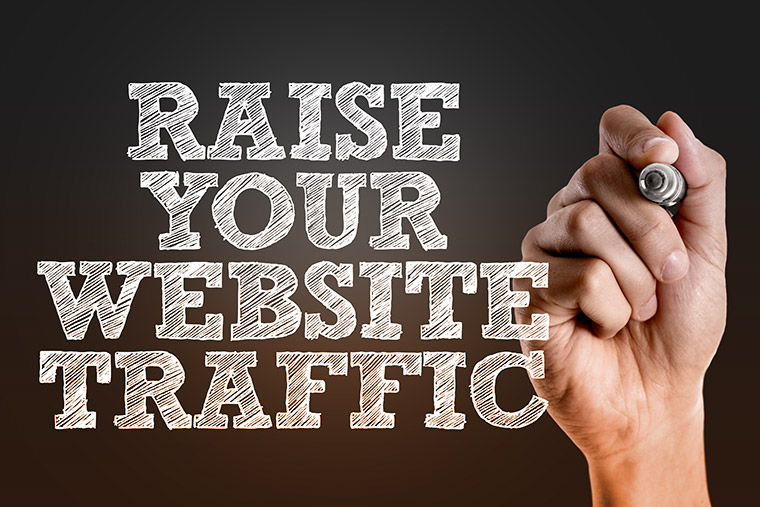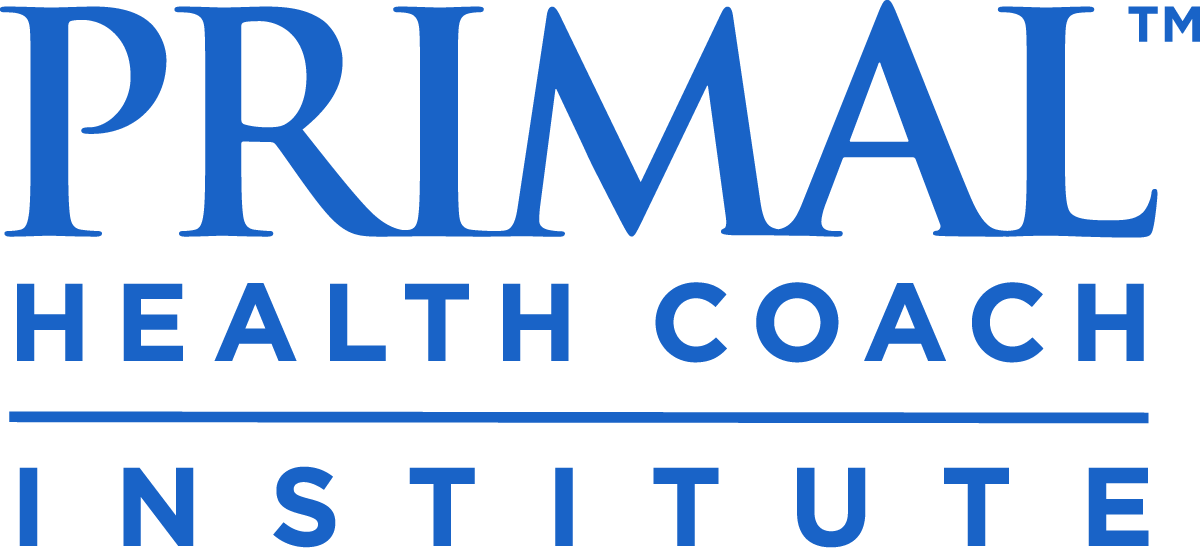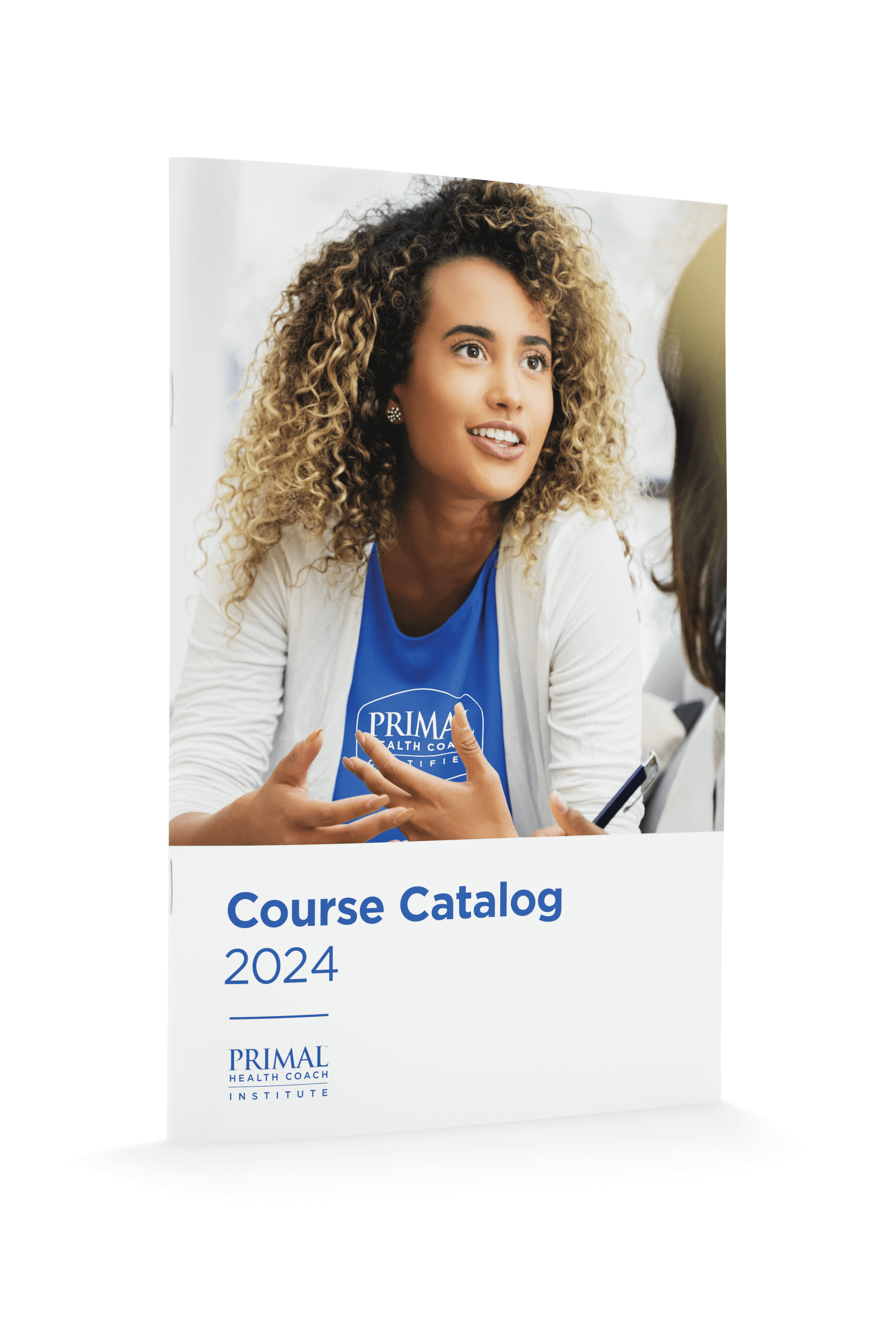
Traffic is crucial to any inbound marketing plan. It’s what brings potential clients to your website, giving you the opportunity to connect with them.
Today’s post is Part 4 in PHCI’s Marketing series, where we’ll share our tips on generating traffic for your health coaching website.
What Is Traffic?
Before you can convert your visitors into leads, you need to convince complete strangers to visit your website. This is known as traffic.
In general terms, traffic is split into two categories—free and paid. We’ll now discuss these two forms of traffic in more depth with tips and examples along the way.
What Is Free Traffic?
Free traffic encompasses anything that doesn’t involve payment to advertise, and is a great way to generate traffic when you’re first starting out and cash flow is limited.
Here are our top three freely available online traffic generators:
- Blogging – Posting freely available high-quality articles on your website, on topics that are relevant to your niche audience, is a proven way to generate traffic. Blogging has the potential to develop your brand’s profile, and gives you the opportunity to be seen as an expert in your niche health coaching field.
- Video – Videos grab your audience’s attention, and can captivate peoples’ emotions in a way that text cannot. Getting in front of the camera to create your own business videos is a great way to build a connection with your audience, which will in turn drive traffic to your site.
- Social media – When used correctly, social media is a powerful traffic generator. Platforms like Facebook and Instagram have the potential to reach a large audience, which makes them ideal for sharing your marketing content (blog and/or videos). Social media can also be used to build brand loyalty and maintain client retention.
Free offline traffic generators are another clever way to attract visitors to your website. Here are our top four offline options that are guaranteed to increase traffic to your site:
- Flyers – Eye-catching and informative flyers are an absolute must for any offline marketing campaign. They also work well when used in conjunction with other forms of traffic generators (see below).
- Hosting local events – If you’re looking to drum up business within your local community, then speaking at a community event is a smart idea. Hosting a free health coaching workshop at your local CrossFit box, library, or community center will build awareness of your health coaching business, as it provides your audience with a taste of what you have to offer. Make sure you hand out business cards or flyers so your prospective clients know how to find you!
- Bulletin boards – Make sure your business can be found by the right people by sticking flyers in places where your niche market frequents—this could be your local shopping mall, library, gym, or wellness clinic.
- Referrals – Word of mouth referrals are instrumental to any inbound marketing strategy. Offering incentives in the form of discounts or coupons to your current clients is a great way to boost referral traffic.
Here at PHCI, we believe that a multilayered approach will generate the most traffic.
For example, you can promote your blog and your videos using social media, which will in turn boost SEO and visibility of your blog/website. Can you see how they are all connected?
What Is Paid Traffic?
Paid traffic comprises all paid sources of traffic, or in other words, paid advertising. Whilst it’s best to start your inbound marketing strategy with free traffic sources, it’s a good idea to know how you can build your traffic through paid options in the future.
Here are four proven paid online traffic options that you may want to consider:
- PPC (Google Adwords) – Google Adwords works on a Pay Per Click (PPC) system, whereby you pay Google to list ads for your website at the top and/or right side of the organic search listings. The great thing about PPC is that you only pay when someone clicks on your ad, and this payment is taken out of your Google Adwords budget at the current Cost Per Click (PCP).
- Paid social media advertising (Facebook and Instagram) – Social media advertising on Facebook and Instagram is a highly effective method of generating traffic. These social media networks utilize user information so that your social media advertising is seen by specifically targeted demographics that will be interested in your business.
- Video advertising (Google Adwords on YouTube) – Google Adwords can also be used on YouTube as a highly effective form of paid advertising, and works on a Pay Per View (PPV) system.
- Remarketing – Involves maintaining contact with people who have already made contact with your business, both on and offline. In an online setting, contact could be activated through your website, or an email list in the form of a newsletter or coupons.
Paid traffic is not limited to online avenues. Here are three tried and tested paid offline marketing ideas for you to consider:
- Radio – If you’re looking to generate traffic from your local community, then radio is a great choice. It has a huge reach and your advertisement can be heard anytime, anywhere.
- Print – Newspapers and magazines have a reputation of producing high-quality reliable, content, and by aligning your business advertisement with these publications, you’re able to leverage the credibility of your own health coaching business through the halo effect.
- Television – No other form of home entertainment captures an audience like television, and it is by far the most powerful offline form of paid traffic. TV can catapult your health coaching business brand into a household name.
The Four Types of Online Traffic
Now that we’ve identified that free traffic is the best place to start, it’s time to take a look at the four different types of free traffic, which are:
- Direct
- Referral
- Organic
- Social
1. Direct Traffic
Direct traffic is the term for when people visit your website by directly typing in your URL into the web browser. There are several different sources of direct traffic, including clicks from emails, PDFs, and mobile apps. Direct traffic can also be driven by offline promotion on either radio, TV, print media, or work of mouth.
2. Referral Traffic
Referral Traffic is when another site links out to your website. When this occurs, search engines use this to determine the level of relevance your website has to a specific topic. If your website is referred by a large number of highly respected or powerful websites, this signals a high level of relevance to that topic. Referral traffic is currently the number one ranking factor within search engines.
Here are a few ways to boost your referral traffic:
- Publish a guest post onto a respectable blog
- Broken link building
- Press releases
- Promotion on social media
In general, referral traffic is high-quality, will drive relevant page views, and will put your content in front of the right people.
3. Organic Traffic
Organic traffic is generated from search engines like Google, Bing, and Yahoo, and is one of the highest ROI sources. The practice of increasing your ranking within a search engine is known as search engine optimization (SEO).
You can improve your SEO by strategically selecting and ranking for keywords of phrases that you know your target audience will be searching for. Organic traffic is one of the highest converting forms of traffic, because these people are already in the process of gathering information when they find your website using a search engine.
4. Social Media Traffic
Social media traffic describes link clicks from social media platforms like Facebook and Instagram. This form of traffic is scalable and targeted, much like organic traffic. Social media traffic visitors are typically arriving to your site keen to sign up, much like organic traffic. Further, because these visitors are already familiar with your brand and your products, it usually generates a strong lead conversion rate.
Conclusion
In conclusion, we suggest that you start with free forms of traffic until you’ve grasped a solid understanding of your visitor-to-lead conversion rate as well as your lead-to-client conversion rate. Without knowing these metrics, you are operating in the dark. Remember, traffic strategies are complex and take time to develop. Clever planning and patience will pay off!
Here’s a list of our marketing series posts in order:
- Two Essential Questions You Must Address Before Developing Your Health Coaching Marketing Plan
- How to Use Inbound Marketing to Win Clients
- How to Build an Irresistible Health Coaching Website
- How to Generate Traffic for Your Health Coaching Website
- How to Use Content Marketing to Gain Clients
- 3 Simple Steps for Converting Web Traffic Into Leads
- How to Use Email Autoresponders to Convert Leads Into Clients While You Sleep
- How (and Where) to Hire Freelance Writers, Designers, and Tech Support
- 8 Tactics for Closing the Sale on Your Next Discovery Call
- How to Delight Clients and Keep Them Coming Back for More
- PHCI Marketing Glossary: 43 Essential Marketing Terms for Health Coaches



